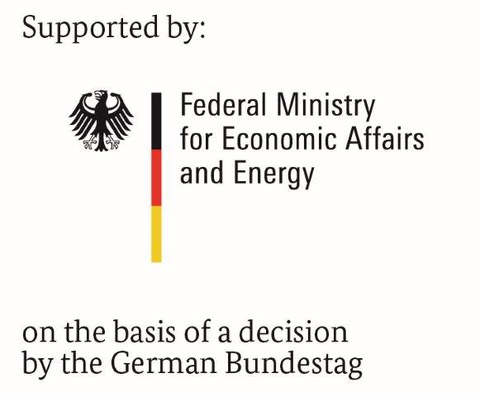DURATEA
DURATEA: PWR neutron flux fluctuations with increased amplitude
|
Project manager: |
Prof. Dr.-Ing. habil. Wolfgang Lippmann |
|
Contributor: |
Dr.-Ing. und Dipl.-Phys. Carsten Lange |
|
Duration: |
01.03.2015 – 28.02.2019 |
|
Funding: |
BMWi |
|
Funding code: |
1501490 |
| Cooperations: | - |
Brief Description
Since 2001, several pressurized water reactors had exhibited a continuous cycle-by-cycle growth of the neutron-flux fluctuation amplitudes measured by the ex-core and in-core neutron detectors. The causes and mechanisms of the growing amplitudes are matter of ongoing research.
According to the most recent status, only the contribution of an inner-cycle, almost linear growth of the neutron-flux fluctuation amplitudes is well understood. It is caused by the increase of the moderator temperature coefficient following burnup. Consequently, after shuffling and mounting of new fuel assemblies, the magnitude of the fluctuations should resemble that measured at begin of the previous cycle.
The cycle-by-cycle growth is characterized by an increase of the neutron-flux fluctuation amplitudes for comparing similar burnup states of consecutive cycles. Especially at the end of cycle, the combination of both phenomena, i.e. the inner-cycle and cycle-by-cycle growth, can cause fluctuation magnitudes that trigger the reactor protection system which initiates a power reduction. A multiplicity of such induced power reductions affects the continuous power operation of the reactor adversely.
The comparatively high amplitudes of the detector signals lead to an undesired extra load of reactor protection system and therefore, they are relevant for reactor safety. The RSK (German Reactor Safety Commission) stated that the causes and mechanisms leading to the growth of the neutron-flux fluctuation amplitudes have to be understood as far as all relevant influences are explainable and quantitatively determinable. The research project at hand contributes to explain the power fluctuation amplitudes in the relevant low frequency range from 0.2 to 2 Hz. In particular, the aim of the project is to find a physical/ mathematical explanation for the phenomenon and to propose approaches to reduce the detector fluctuation amplitudes.

